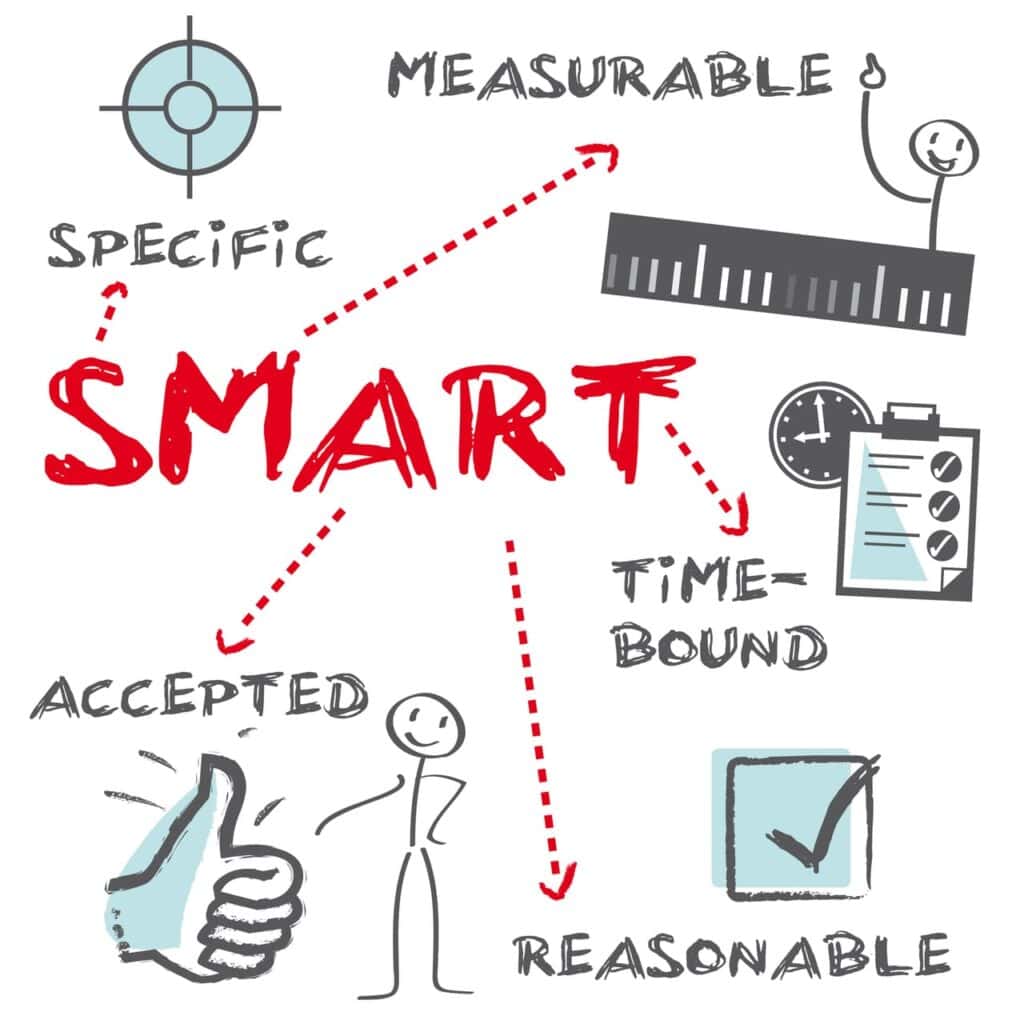This comprehensive guide will walk you through the vital steps of creating a successful sales territory plan to maximize your team’s efficiency and drive revenue.
By strategically dividing your territory and implementing effective tactics, you can conquer challenges and achieve your sales goals. Let’s dive in and set you on the path to sales success!
- Key Takeaways:
- Understand Your Market
- Set Clear Objectives
- Segment Your Territory
- Build Strong Relationships
- Regularly Review and Adjust
Evaluating Market Potential and Identifying Customer Segments
Potential sales territory planning begins with evaluating the market potential of the area. It involves analyzing market trends, economy, competition, and customer needs.
By understanding the market dynamics, you can better strategize on how to approach each segment of your territory.
Even within a specific geographic area, customer needs and preferences can vary greatly. Identifying customer segments helps in tailoring your sales approach to meet the unique demands of different customer groups.
This segmentation can be based on demographics, industry, buying behaviors, or other relevant factors.
The foundation of a successful sales territory plan lies in thorough research and data analysis. By laying a strong foundation through evaluating market potential and identifying customer segments, you set the stage for a targeted and effective sales strategy that maximizes your resources and yields the best results.
Dividing Territories Geographically
When planning a successful sales territory, dividing territories geographically is a strategic approach that ensures efficient coverage and optimized resource allocation. Here are key factors to consider:
A. Population Density
Assessing the population density of each area helps in predicting potential customer volume. Higher population areas may require more resources or a different sales approach compared to sparsely populated regions.
B. Customer Concentration
Understanding where your current and potential customers are concentrated is crucial. This allows for targeted marketing and sales efforts, ensuring that resources are not wasted on low-opportunity areas.
C. Regional Sales Trends
Analyzing historical sales data by region can highlight trends and patterns that influence how territories should be divided. This insight helps in allocating resources to areas with higher sales potential and adjusting strategies in underperforming regions.
D. Accessibility and Travel Logistics
Consider the ease of travel and accessibility of each region. Territories that are hard to reach or require extensive travel may need different strategies or more resources to ensure effective coverage.
E. Competitive Landscape
Evaluate the presence and strength of competitors in each geographical area. Understanding competitive dynamics can guide the allocation of resources and the design of strategies to effectively compete in saturated markets or capitalize on areas with less competition.
By carefully considering these factors, sales organizations can divide their territories in a manner that maximizes efficiency and effectiveness. This strategic
Tips for Balanced Workloads Among Sales Reps
To effectively balance workloads among sales reps, it’s important to strategically assign territories that align with each rep’s abilities and the company’s goals.
Here are some tips to ensure equitable distribution and maximize sales potential:
- Consider Experience and Skills: Assign territories based on the individual strengths and experience of each sales rep.
- Regular Reviews: Periodically assess and adjust territory assignments to maintain balance and adapt to any market changes.
- Provide Support: Offer additional resources or support to reps handling more challenging territories.
- Use Data-Driven Insights: Leverage data on sales trends, customer demographics, and market potential to guide assignments.
- Set Clear Objectives: Ensure each rep has clear, achievable targets tailored to their assigned territory.
- Encourage Collaboration: Promote sharing of best practices and collaboration among reps to even out workload disparities.
- Monitor Performance Metrics: Keep track of sales performance and workload metrics to identify imbalances and areas for improvement.
By following these tips, you can create a sales territory plan that ensures each sales rep has a fair opportunity to succeed and contribute to the company’s objectives.

Implementing the Sales Territory Plan
Implementing a sales territory plan effectively requires both strategic oversight and adaptability. Here are key steps to ensure successful deployment.
1. Gather and Analyze Data
This is crucial because it forms the foundation of your territory planning. By understanding geographic size, customer distribution, and competitive landscapes, you can make strategic decisions that align with business goals.
Consider factors like market trends, demographic shifts, and economic conditions. Utilize technologies such as GIS mapping tools and CRM systems to capture and analyze data efficiently.
With the right data at your fingertips, here’s how you can apply it effectively.
- Use CRM data to identify high-potential customers.
- Analyze past sales trends to predict future opportunities.
- Map customer locations with GIS to visualize distribution.
- Assess competitor density to identify underserved areas.
- Leverage economic data to forecast market growth.
2. Communicate the Plan
This ensures that every team member understands the strategic goals and their role in achieving them. It is vital for aligning efforts and motivating the sales force.
Focus on clarity and consistency in your messages. Use digital communication tools like team collaboration software or webinars to reach and engage your entire team.
To ensure your communication is impactful, consider these tips.
- Clearly outline each rep’s territory and responsibilities.
- Use visuals like charts and maps to explain territory divisions.
- Schedule regular meetings to reinforce goals and strategies.
- Provide written documents for reference and clarity.
- Use a feedback system to ensure understanding and engagement.
3. Provide Training
Training equips your sales team with the necessary skills and knowledge to effectively tackle their territories. It boosts confidence and competence.
Incorporate both soft skills and technical training, tailored to your sales processes and tools. Use e-learning platforms to deliver training modules efficiently.
To maximize the effectiveness of your training programs.
- Offer role-play scenarios to practice sales pitches.
- Provide updates on product knowledge and industry trends.
- Teach data analysis skills for smarter territory management.
- Include time management training to optimize daily routines.
- Conduct workshops on negotiation and closing techniques.
4. Monitor Performance
Regularly monitoring performance helps identify what strategies are working and where adjustments are needed. It allows for timely interventions to drive sales success.
Track key performance indicators (KPIs) like sales volume, customer engagement, and territory coverage. Utilize analytics tools to gain insights from performance data.
Keep your team on track with these monitoring strategies.
- Set specific, measurable goals for each territory.
- Use dashboards to visualize progress and challenges.
- Regularly review sales data against targets.
- Provide feedback based on analytics insights.
- Encourage reps to self-monitor and report their performance.
5. Maintain Flexibility
Flexibility in managing sales territories allows your team to respond swiftly to market changes and unexpected challenges. It keeps your strategy relevant and effective.
Stay aware of external factors such as new competitors or changes in customer preferences. Agile methodologies and adaptive planning tools can help maintain flexibility.
To maintain agility in your sales territory strategy, follow these tips.
- Adapt plans based on real-time market feedback.
- Allow reps some autonomy to make on-the-ground decisions.
- Reallocate resources quickly in response to performance data.
- Update strategies quarterly to reflect market conditions.
- Hold strategy sessions to brainstorm adaptive measures.
6. Encourage Feedback
Feedback is a powerful tool for continuous improvement. It provides insights into both successes and areas needing attention, fostering a culture of openness and proactive problem-solving.
Create a culture where feedback is valued and easy to give. Use tools like surveys and feedback apps to streamline the process.
Enhance your feedback mechanisms with these approaches.
- Implement an easy-to-use digital feedback system.
- Schedule regular one-on-one check-ins.
- Encourage anonymous feedback for candid insights.
- Act on feedback to demonstrate its value.
- Celebrate successes and constructive feedback contributions.
By meticulously planning and continuously refining each step, you can ensure that your sales territory plan not only launches successfully but also adapts and thrives in an ever-changing sales environment.

Final Thoughts | Optimize Your Sales with an Effective Territory Plan
Creating a strong sales territory plan is essential for improving your team’s sales efficiency and effectiveness. By carefully following the steps in this guide, you can divide your market smartly and boost sales growth.
Remember, a well-crafted plan sharpens your team’s focus, increases productivity, and helps you meet your sales targets.
To make managing your sales territories easier, consider investing in field sales management software. This technology will provide clear oversight and better control, ensuring you make the most of every sales opportunity.
Ready to upgrade your sales strategy? Invest in field sales management software today and see the difference it makes!
Frequently Asked Questions
What is a sales territory plan?
A sales territory plan outlines how resources and strategies are allocated across different regions to maximize sales and revenue.
Why is dividing and conquering important in sales territory planning?
Dividing and conquering helps target specific regions more effectively, optimizing sales efforts and improving performance.
What are the key steps to creating a successful sales territory plan?
Key steps include market analysis, defining territories, setting objectives, allocating resources, creating strategies, implementing the plan, and continuous monitoring and adjustment.
How can data and analytics be used in sales territory planning?
Data and analytics provide insights into market trends and customer behaviors, aiding in more effective sales territory planning.
What are the benefits of a well-structured sales territory plan?
Benefits include improved sales efficiency, better customer targeting, enhanced team performance, and increased revenue and business growth.



